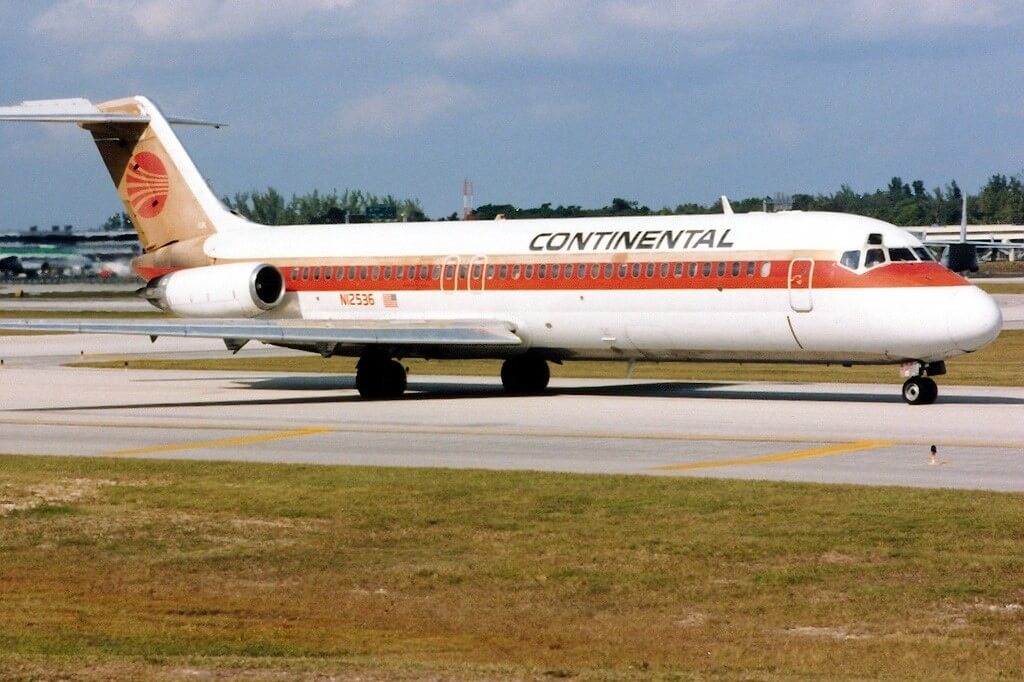On November 15, 1987, Continental Airlines flight CO1713, registration N626TX, crashed upon take-off from Stapleton International Airport in Denver, Colorado. A total of 28 people perished. The main cause of the accident was ice accumulation on the wings of the McDonnell Douglas DC-9, and the captain’s actions and company rostering were also cited in the accident report.
Why is ice so dangerous for aircraft?
Ice contamination is a hazardous state for aircraft. If ice accumulates, it changes the shape of the wing and therefore affects air flow over the surface of the wing, destroying lift and the plane’s ability to fly. This is why aircraft need de-icing before departure in cold weather.
“Pilots should be aware that no amount of snow, ice or frost accumulation on the wing upper surface should be considered safe for takeoff. It is critically important to ensure, by any means necessary, that the upper wing surface is clear of contamination before takeoff,” wrote the National Transportation Safety Board (NTSB) in one safety notice to pilots.
As in the case of Continental 1713, ice accumulation on the DC-9’s wings ultimately sealed its fate.
With take-off clearance granted at 14:14, Continental 1713 accelerated down the runway. The plane lifted off from the runway, but part of the wing then stalled. The plane crashed to ground at 14:15 and a flash fire ignited shortly after. The captain, first officer, one of the three flight attendants and 25 passengers were killed. Two flight attendants and 52 passengers survived.
Ice contamination shown on a wing. (Credit NASA)
Confusion and delays
NTSB investigators discovered that the fatal blow to Continental 1713 was ice contamination which was not removed prior to take-off.
The ice accumulation occurred due to a sequence of human errors, made worse by the weather and resulting delays at Stapleton.
Continental 1713 was de-iced before take-off. However, the crew did not wait for proper clearance from ATC to taxi to the de-ice pad, or to taxi to the runway, causing confusion as to the aircraft’s position, adding to the delay between de-icing and take-off.
The unfolding delay was long enough for snow to accumulate again on the plane’s wings. According to company protocol, the captain should have inspected the aircraft for ice if more than 20 minutes elapsed between de-icing and take-off. A delay of 27 minutes occurred to the accident flight and the captain did not examine the wings.
When the aircraft did try to take off, the newly hired first officer pitched the aircraft’s nose up too quickly, which further degraded the aircraft’s performance. The commander was also new to the captain’s role and investigators noted that a more experienced captain might have been able to correct the FO’s rapid rotation. They also highlighted that other captains would maybe have performed a take-off in such poor weather themselves, rather than asking a new pilot to do so.
The NTSB determined the probable cause of the crash was the captain’s failure to de-ice a second time during the delay. Contributing factors included confusion between the flight crew and ATC, as well as the combination of a new captain and a new first officer in the flight deck.

